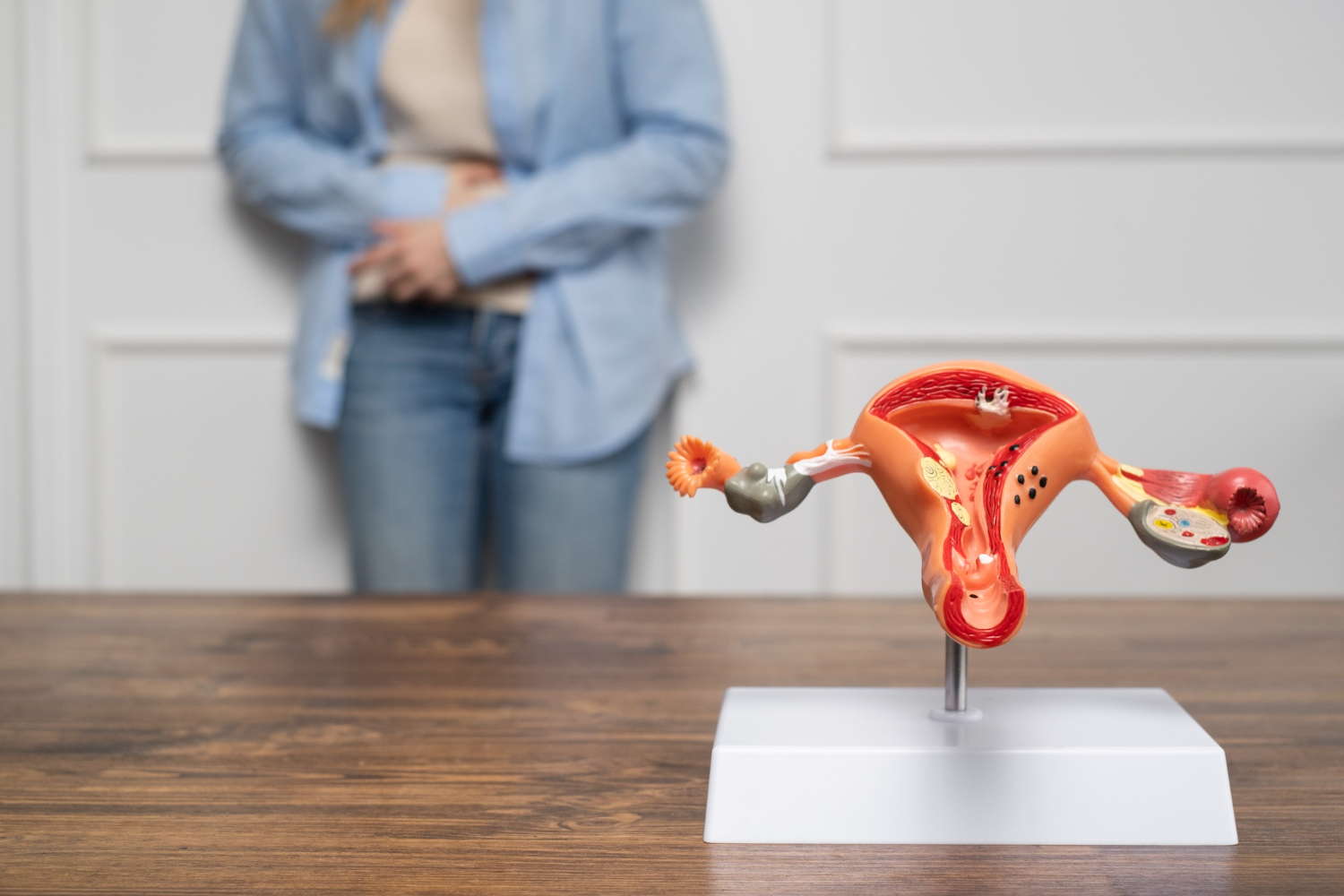An ovarian cystectomy is a surgical procedure done to remove ovarian cysts. A cyst is a non-cancerous growth of the ovary. These are common in women and often resolve spontaneously. You may have an ovarian cyst at some point in your life – this cyst may or may not cause symptoms. In cases where an ovarian cyst causes painful symptoms, is very large or has caused the ovary to twist the cyst may be removed.
Routes of an ovarian cystectomy
This may be done as a laparoscopic/ minimally invasive approach or through open abdominal surgery. Generally a laparoscopic approach is preferred as it is minimally invasive an allows for significantly quicker recovery. If there is any suspicion of cancer or the cyst is too large or the patient has had multiple previous surgeries a laparotomy will be performed instead.
Laparoscopic ovarian cystectomy
This approach is minimally invasive, involving 3 -5 tiny puncture-like incisions in the abdominal wall. Through these incisions, the laparoscope fitted with a camera can be inserted into the abdominal cavity. Air is then used to inflate the abdomen to allow full visualization of the pelvis and its structures. Uterus and ovaries are identified. From there, the ovarian cyst/cysts can be surgically removed using small surgical instruments through the incisions in your abdomen. Laparoscopic surgery has the benefits of faster recovery time as well as a lower risk of infection and blood loss.
Hospital stay 1 – 2 days
Return to work 2 weeks
Complications and safety
While complications are rare, the risk of complications increases with more complex cases. These complications may require further surgery. Complications that may occur after removal of an ovarian cyst include:
- The possible need for the removal of an ovary
- Infection of the incision site
- Bladder infection
- Bleeding – resulting in the need for blood transfusion or a second operation
- Damage to the surrounding pelvic organs such as rectum and bladder. This will require further surgery to repair
- Very rarely injury to the major blood vessels on insertion of the laparoscopic ports
What to expect after surgery
You will be admitted on the day of the surgery unless otherwise indicated. Your may be fitted with stockings, which will help reduce your risk of blood clots.
After the surgery, you can expect some pain and swelling near the incision for the first few days, but pain medications will be prescribed. You may also experience pain under your diapragm or shoulder from the gas used to inflate your tummy during laparoscopy. This will go away with time. You may have a urinary catheter in for the first 24 hours after your operation. To minimise your risk of developing blood clots, you will be prescribed blood-thinning medication and be encouraged to get up and to walk as soon as possible. Your physiotherapist will also assist you with exercises and instruct you in terms of what activities you should and should not be doing after surgery. You may begin eating and drinking a few hours after surgery. Your stitches may begin to fall out after a week. You will see Dr Guzha for a check-up 2 weeks after surgery.
Bloating and constipation are also common. This will resolve with time.

